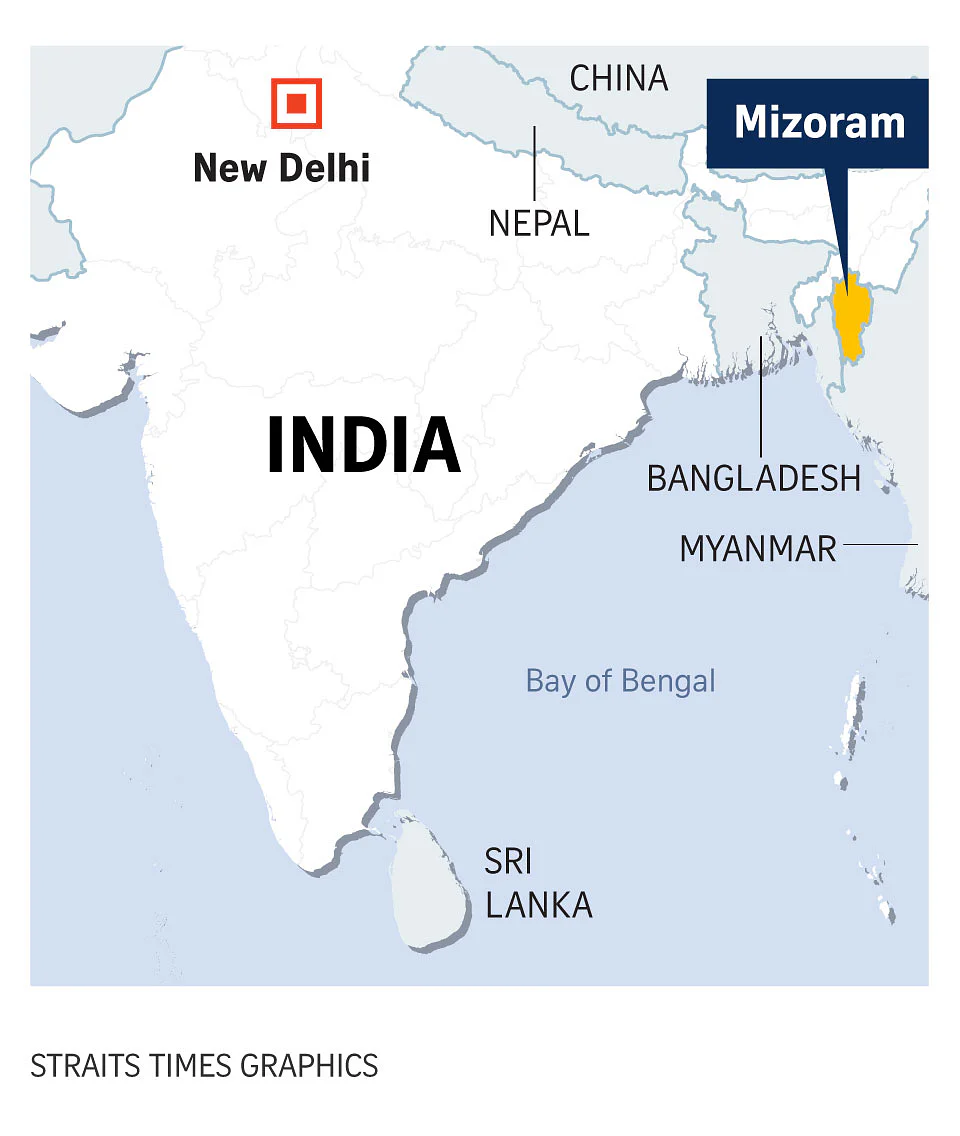October 11, 2022
KOLKATA – Authorities and volunteers in the north-eastern Indian state of Mizoram are fighting to control a surge in rat population that threatens to destroy a significant chunk of a rice harvest later this month.
The jump in number of rodents is suspected to have been caused by the recent flowering of a bamboo species called Dendrocalamus longispathus, known locally as Rawnal and found widely in Mizoram, which is located next to Myanmar.
As much as 57 per cent of the state’s geographical area is estimated to be under bamboo cover.
Flowering bamboo trees yield protein-rich seeds that are devoured by rats, helping them multiply their population. They attack fields and granaries after chomping their way through bamboo seeds in the wild, even causing famine-like conditions in certain areas.
Bamboo species have different flowering cycles ranging from once every three to 150 years.
Mr James Lalsiamliana, director of the agriculture department in Mizoram, said around 570ha have been affected by the rodent infestation across the state, suggesting it may be linked to a “gregarious” flowering of Rawnal.
While the amount of damage is yet to be ascertained, he told The Straits Times the reported destruction has mostly ranged from a low of 0.5 per cent to 10 per cent, with some cases where the entire paddy crop has been destroyed.
Since locals began reporting rodents in their fields in August, the government has been providing rodenticides to farmers as well as training locals to carry out mass poisoning of rats.
Some areas have controlled the rat population but Mr Lalsiamliana said if the rodents continue to multiply, there could be “some losses” to the rice harvest scheduled for end-October and November.
The last widespread rodent surge in Mizoram was around 2006 to 2007, when its dominant bamboo species, Melocanna baccifera, flowered. Parts of the state even reported famine-like conditions, with aid groups having to pitch in with relief supplies.
The species, known locally as Mautak, has a flowering cycle of around 48 years or so. It last bloomed extensively in 1958, prompting the Mautam famine that killed at least 100 people and inflicted heavy financial losses.
It also changed the course of the state’s history. The poor handling of the famine by federal and regional authorities had sparked a two-decades-long insurgency movement in the region, ultimately culminating in a peace accord and the creation of Mizoram as India’s 23rd state in 1987.
The next such extensive blooming is expected in 2025, when the Bambusa tulda species, known locally as Rawthing, begins flowering. It also has a cycle of around 48 years and last bloomed in 1977, prompting the Thingtam famine and widespread distress.
Unlike the more documented and researched flowering cycles of Mautak and Rawthing, there is scant information on Rawnal.
Dr Sandeep Yadav, a scientist with the Indian Council of Forestry Research and Education, said Rawnal has a flowering cycle of once in around 20-32 years.
“The plant is expected to behave in that cycle but that doesn’t necessarily happen in nature. I have seen the species flowering sporadically in different pockets throughout Mizoram. At times, flowering and non-flowering plants of Rawnal can be found in the same microclimatic pocket,” he told ST.
Mr Lalsiamliana, however, does not expect famine-like scenes to recur, given vastly improved road conditions and communication networks that have made delivering food aid easy.



